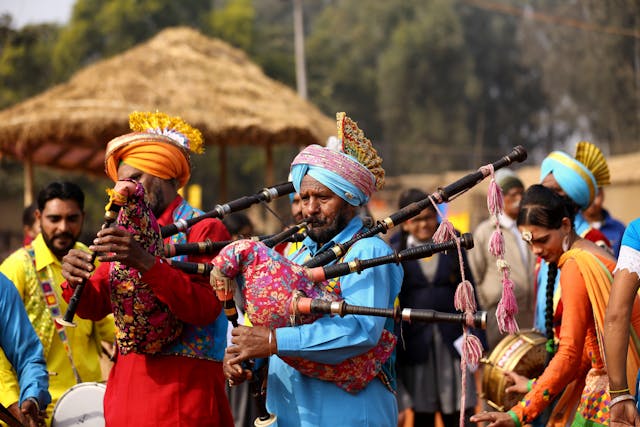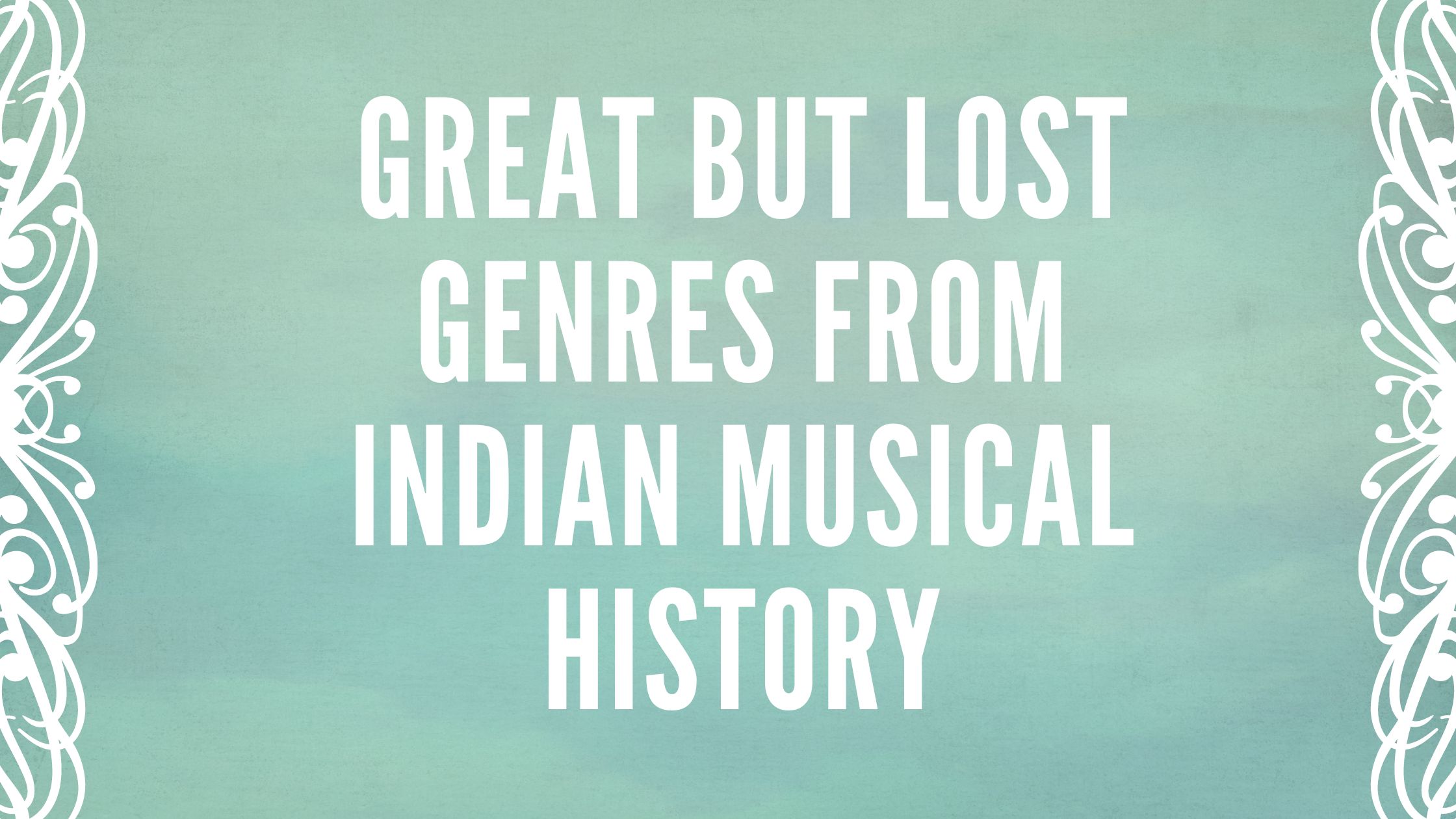Great but lost genres from Indian musical history
- September 20, 2024
- Culture and Entertainment
In the vast expanse of musical history, unique styles and rhythms resonated through the annals of time but gradually faded into obscurity. These lost genres which once defined eras and shaped cultures, now lie on the fringes of our musical consciousness, awaiting rediscovery. But why do certain genres disappear from musical history? Is it a shift in cultural tides, technological advancements, or simply the audience’s ever-changing tastes?
Each genre has a story that defines the emotions of people in that era. Music has the power to uplift people’s moods in all situations. The music maestros in the old days were busy practising their craft and learning new ways to polish it and perform at the request of rulers of that time. Different genres appealed to a different set of audiences.
The lost genres
A lost genre is one that enjoyed popularity or significance in a particular era but has been shadowed after that. These genres haven’t necessarily disappeared; they often linger in the shadows of musical culture, remembered by few, preserved in old recordings or celebrated in niche communities. These are lesser known forms of Hindustani Classical music including Chaturang, Trivat, Ragamala or Raga Sagar, Bamani Sargam or svarsagar etc. It would not perhaps be an overstatement to say that these forms are virtually on the verge of extinction.
Historical Music changing into Modern Indian Music
Indian music has been undergoing a remarkable change since very early times. From a historical perspective, Indian music is divided into three phases: ancient, medieval and modern. The old system of Grama, Murchhana and Jati yielded place to Raga Ragini of modern times. Musical forms underwent tremendous changes. New styles, melodies and types of compositions emerged from time to time and gave rise to modern Indian music.

Hindustani Classical Music
The relevance of the compositional forms from the historical point of view is important because it traces the perspectives and methods of the evolution of present trends and aspirations in shaping the future. A systematic, objective and critical study of the compositional forms of Hindustani music based on Original source material is still a desideration. It is more evident in the case of lesser known musical forms. The present work is a humble attempt in this direction.
From the significant information available from the texts on music, we can get an idea of the evolution of our music forms. One can see the gradual rise of gana i.e. grama and desi ragas replacing Jatis. We also get a clear picture of the development of the shrutis, swaras, compositions, connotations, the connotations of technical terms of music like graha, amsa nyasa, vadi etc. and even Rasa from the study of the texts.
Vedas reflect the origin of lost genres
Vedas are considered to be the earliest extent evidence of our music. After surveying the origin and evolution of the Sama scale and Saman, we got the idea about the notes of the fundamental scale which later on became our primary tone system and concept of compositional forms.

Bharata’s Natyashastra refers to Gandharva music as a combination of svvara, tala and pada. Different kinds of musical compositions were in vogue even at the beginning of the Christian era. They have been described in Bharata’s ‘Natya Shastra’ in connection with the classical dramatic performances. After Bharata, Matang, Parsvadeva and Sharangadeva have described Prabandhas systematically and scientifically in their respective works. The period of Prabandha is followed by the age of Dhrupad which reached its height of popularity by the 16th century. With the decline in the appeal of Dhrupad, Khayal took the prime place.
Their journey into the unknown is not too distant. So, the revival and the preservation of the lost genres of music are significant. For example, Chaturang, Trivet etc. can be used as the ending piece in a concert like Thumri, Tappa, Bhajan etc. A serious deliberation and initiation of actions to preserve these forms are the demands of the day.






